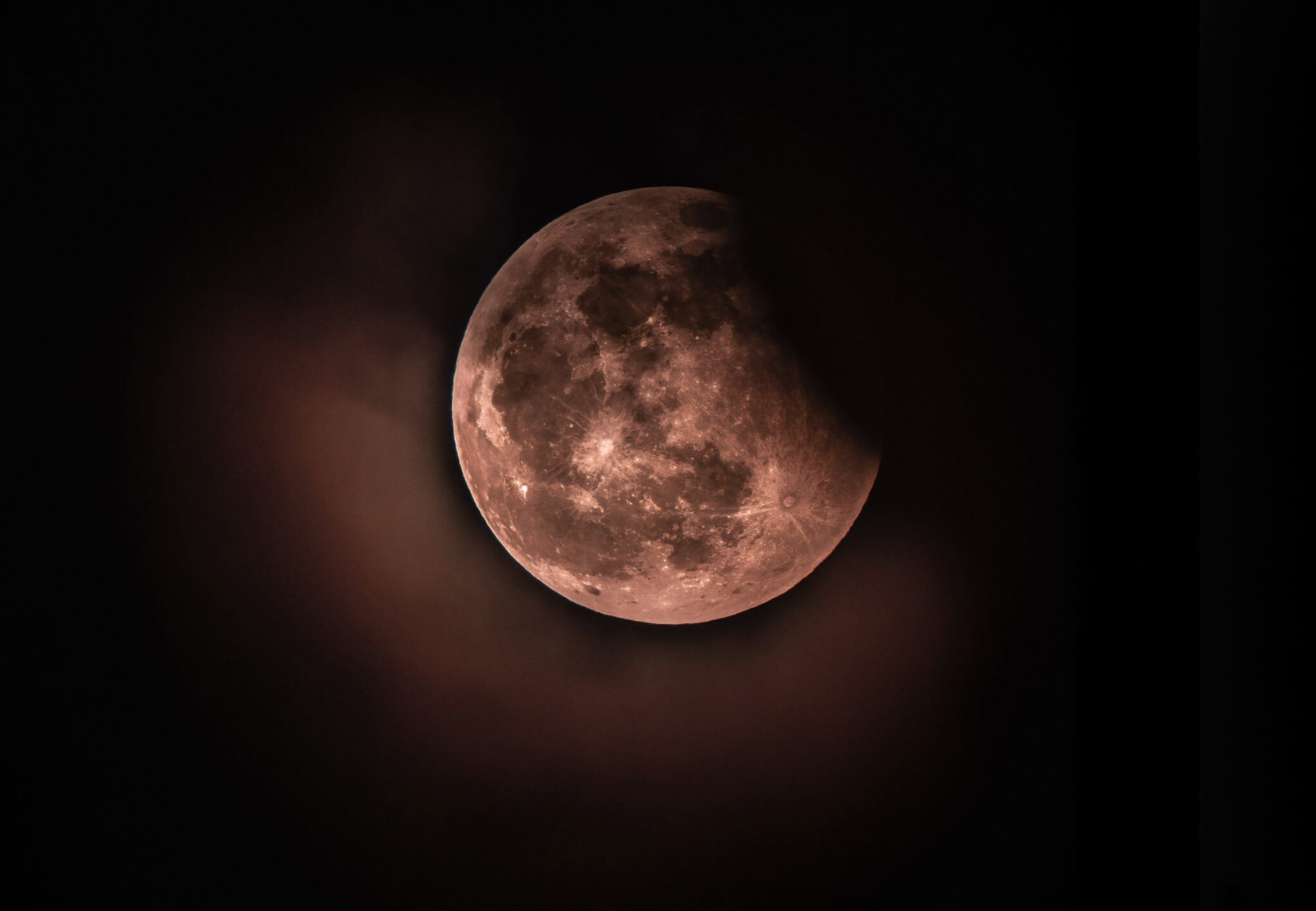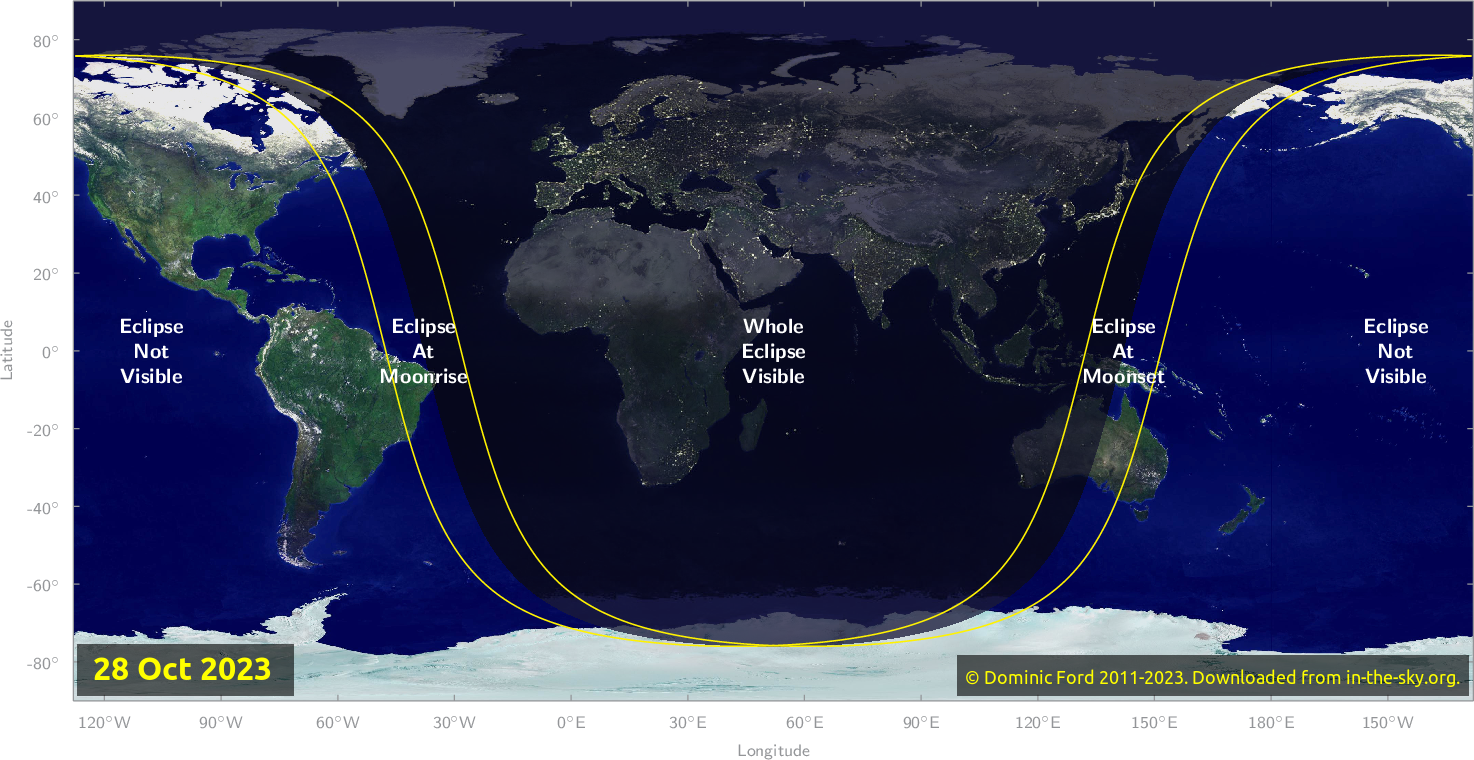October presents us with some truly exciting celestial events. After the annular solar eclipse on October 14, skywatchers are set for another spectacle next weekend. On October 28, the Moon will charm us with a partial lunar eclipse.

The October full moon in the Northern Hemisphere is also known as the Hunter’s Moon. Folklore claims that the bright end of the October lunar cycle once provided the perfect evening light for tracking down summer-fed game for harvesting meat before winter.

But on October 28, the light of the full Moon will dim briefly when it partially passes through the shadow of the Earth. The eclipse will be visible across most of the Eastern Hemisphere, including Europe, Africa, Asia, Antarctica and Oceania.
When will the partial lunar eclipse begin?
It is very simple to observe a lunar eclipse; it is enough to go outside on Saturday evening and look up. The peak of the eclipse will occur at 11:14 p.m. UTC time, but this time only 12% of the full Moon will be in the shadow of the Earth. Binoculars or a small telescope can improve your view, but they are not mandatory. For the best observation, it is better to find a dark place with a clear sky, free of clouds.
At the peak of the eclipse, part of the Moon will be in the dark inner shadow of the Earth. If the phase had reached about 50%, one would have noticed the characteristic reddish hue of the darkened part, which is also called the Blood Moon. This phenomenon will be best seen in Europe, Africa and Asia. In these regions, our natural satellite will be high in the sky — here you can see the eclipse from beginning to end (from entering the penumbra of the earth to leaving it).
When the Earth is exactly between the Moon and the Sun, the earth’s shadow falls on the surface of our moon and obscures the usual source of illumination for the moon: sunlight. A partial lunar eclipse occurs when the Earth’s shadow covers only part of the moon. The location of the Sun, Earth and Moon determines what people see on Earth. It may look as if the Earth is insidiously “biting off” a piece of the Moon.

Earlier we reported on how total solar eclipses on Earth would disappear forever in the future.
According to universetoday.com
Follow us on Twitter to get the most interesting space news in time
https://twitter.com/ust_magazine


